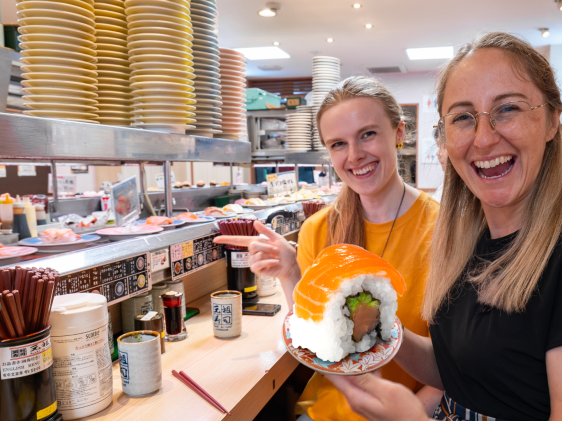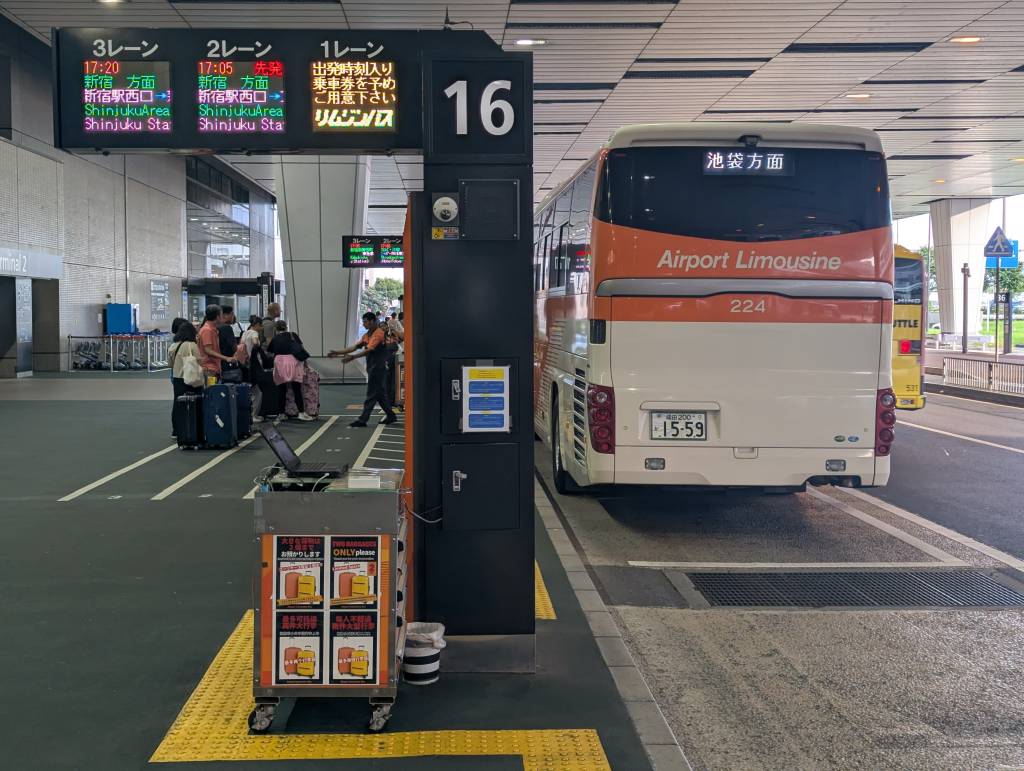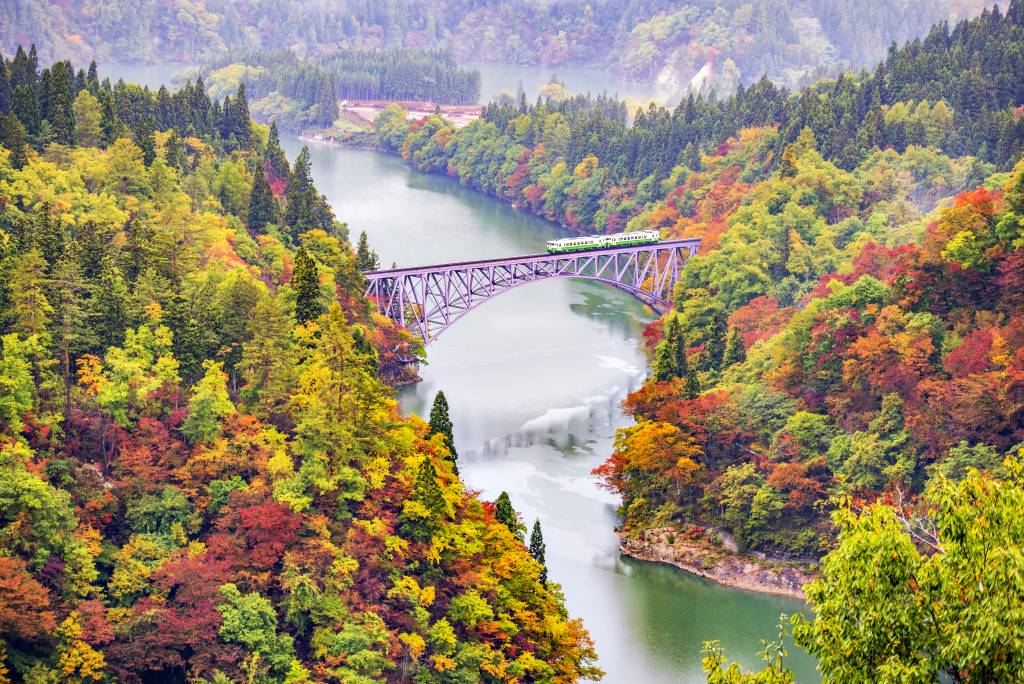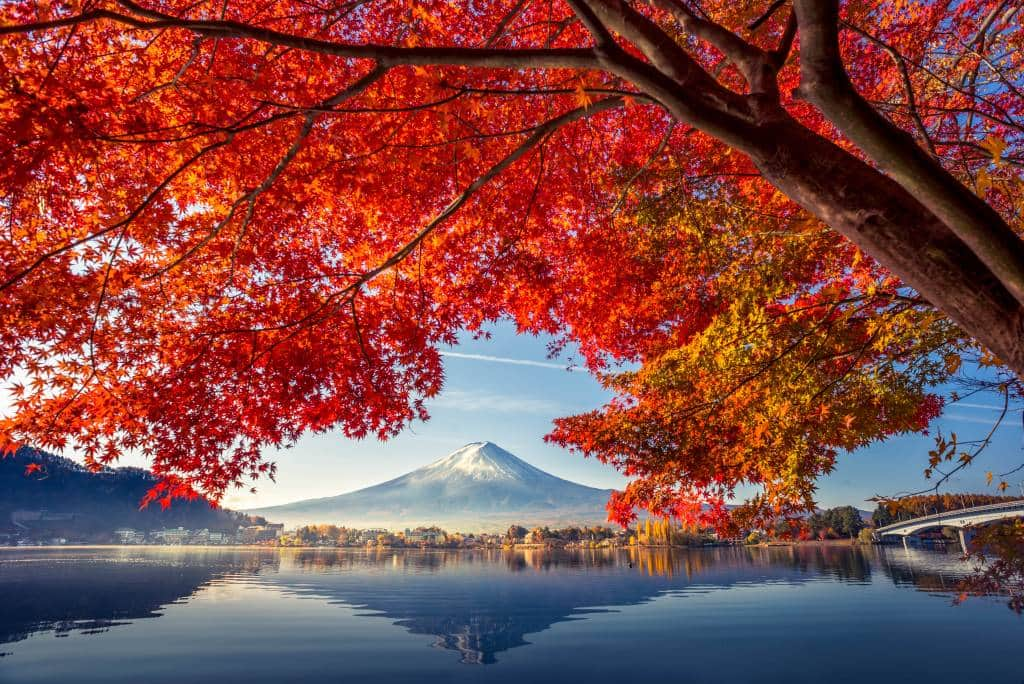With images of fast and efficient trains, most visitors don’t consider the idea of doing a roadtrip in Japan. However, there is no better way to “get off the beaten track” than by getting behind the wheel.
Here are our tips on where to go and how to save money, based on personal driving experience of driving more than 75,000km on Japan’s highways over the last three years.
1. Don’t do the “Golden Route” in a car
Japan is so well set up with rail or air for the “Golden Route” of Tokyo -> Kyoto -> Osaka -> Tokyo that doing it by car is expensive, complicated, and time-consuming. Instead, explore the prefectures to the north and west of Tokyo, or try a big loop to the north through the Tōhoku region.
2. Go local to save money driving around Japan
Japan has limited space, so things like parking and roads are expensive to build and maintain. Japan has expensive expressway tolls, but if you aren’t in a hurry, you can stick to local roads.

On local roads, the speed limit is restricted to 60km/h and there are traffic lights everywhere. Effectively this may double the time of your journey. For example, taking the expressway from Tokyo to Matsumoto Castle in Nagano will take about 3 hours (and ¥5,550 in tolls), versus 6 1/2 hours with no tolls on local roads.
Things that aren’t overly expensive in Japan are car rentals and fuel. While not as cheap as the low gas prices in the U.S. (you thought your prices were high?), they compare favorably with most developed economies.
3. Take advantage of roadside stations
Roadside stations (michi no eki in Japanese) are rest stops along the regular highways (expressways have “Service Areas”, which aren’t as interesting). They’re usually a little more than rest areas though.
Typically, they will have a direct-to-consumer Farmers’ Market, an information center for the surrounding area, coffee shops, convenience stores, unique local products, and restaurants.
Many also add something unique, designed to draw people to the roadside station. Examples include a fresh fish market at Arai Roadside Station, Roadside Station Gassan Asahi Museum Town in Yamagata Prefecture includes a bouldering wall, and Roadside Station Minakami Mizukikokan has hot-spring footbaths to give your toes a soak.

Expressway Service Areas are generally less interesting, but there are some exceptions, such as Service Area Fujigawa (Tokyo direction), which includes a giant Ferris Wheel with uninterrupted views of nearby Mount Fuji.
4. What kind of car to choose for a Japan roadtrip?
While zooming around in a Honda NSX may be appealing, the bigger the engine and vehicle, the higher the toll charges. The best value is either a motorcycle or a simple kei car.

Unlike some other countries, temporary visitors (even if you’re staying for a few months) cannot purchase a car, so your only choice is renting a vehicle in Japan.
5. Hotels aren’t the only options for accommodation
We’re not going to explain how to book a hotel, but there are other options for a place to stay while roadtripping in Japan.
Sleeping in your vehicle at Roadside Stations is an option. It’s completely fine and legal to sleep at Roadside Stations. You’ll see dozens of truck drivers doing exactly that. Additionally, they have toilets, convenience stores and sometimes public baths or hot springs.
If sleeping in your car at a roadside station, we recommend staying clear of the trucks (which often idle their engines all night), and not doing it in winter (you’ll freeze) or summer (you’ll boil alive.)
There are also a limited number of free camping grounds. You can find out more at the Free camping in Japan Facebook page.
More resources for road trips in Japan
For more first-hand advice from a van lifer, check out this blog.
While we do our best to ensure it’s correct, information is subject to change.































